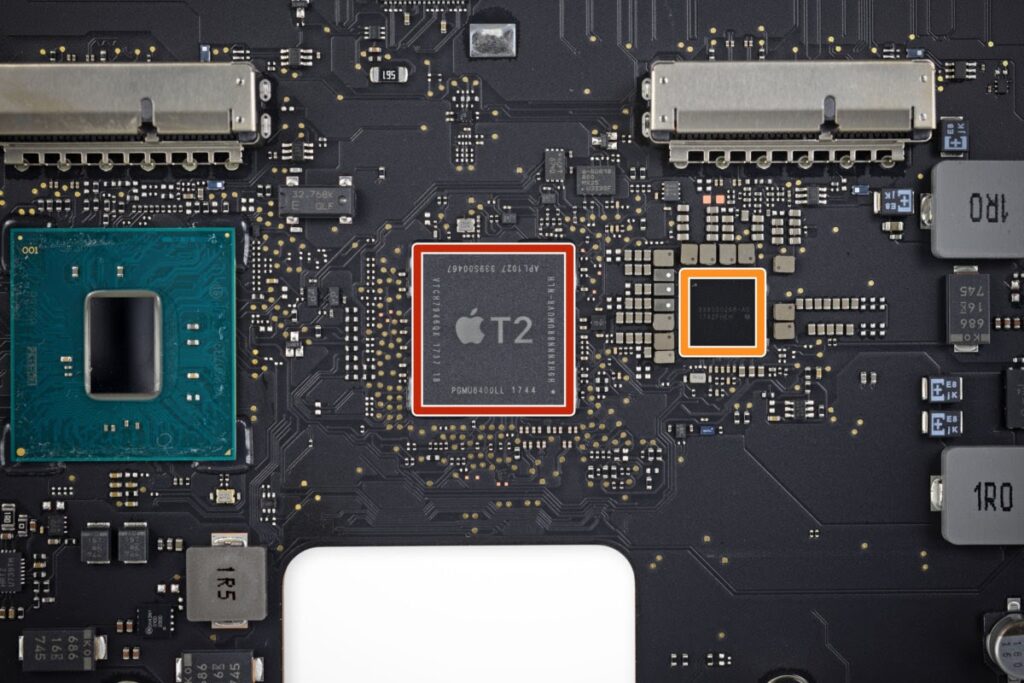There’s a reason why people love Apple products: sleek design coupled with high levels of security. The device systems are very difficult for hackers to penetrate, and the company invests heavily in keeping their products safe for users.
Apple’s gadgets are however not invulnerable to cyber-attacks, especially the older models. This is why hackers are increasingly targeting them, exploiting the few vulnerabilities to control or spy on the users.
How safe is your Apple device?
Potential Apple Device Vulnerabilities
Email Hackers

Research published by a mobile security firm, ZecOps, saw a bug in the Apple product’s mail app that made it susceptible to sophisticated hacker attacks. The security firm claimed that they were confident that the bug was used to target at least six high profile users.
Apple investigated the claims and although they found three issues with the mail, they were not sufficient to bypass their security protection. Apple has since fixed the issues.
This shows that even with the high security attention by the tech giant, these devices do not provide 100% security. This is also why you need to find the best antivirus for your MAC.
The T2 Chip

It was widely reported that there was a significant flaw in the T2 Security chip in products on the MacOs platform, especially MacBook Air and MacBook Pro. The issue was located in T2’s ROM, meaning it could not be easily corrected or patched.
The vulnerability enabled hackers to gain control of the targeted device’s operating system, increasing the likelihood of malware installation, keylogging software and data extraction. While the hackers would need to have access to the device to complete a hack, remote software can be installed to make it only a one-time requirement.
BroadPwn Bug

This bug was found in the chips that enabled wifi connections in iPhones, Google Nexus and Samsung Galaxy phones. Using the vulnerability, cybercriminals were able to build malware that could be transferred from a device’s wifi chip to others within a connection. However, BroadPwn bugs could only affect wifi chips and not the devices.
Shockingly, the user did not have to perform any action to be infected, but the attacker could target a phone or tab without access or previous knowledge of the product. This increased the possibility of potential attacks even when years exercised caution.
Apple has since fixed the flaw with the release of the iOS 10.3.3 updates in July 2017. These improvements to the devices’ safety ensure that your mobile or computer device cannot be infected, even when you are on a vulnerable connection.
How To Protect Your Apple Device
Apple products are relatively safe but hackers are continuously trying to find vulnerabilities on Apple devices. The tech giant might try to fix these security glitches, but once in a while the cybercriminals can get the upper hand as shown above.
This is why you should always have an additional layer of protection by getting antivirus for your Apple device. Your device’s safety begins with you!






